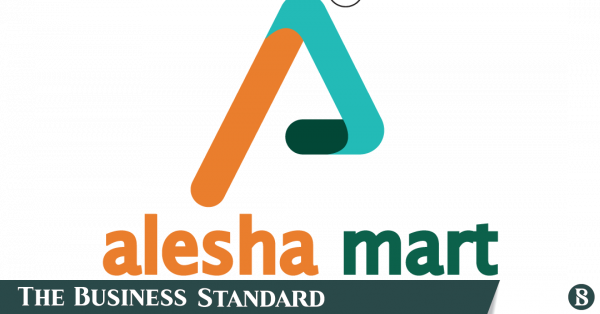
Recent years have broadened the conversation around cryptocurrencies and NFTs and awareness of digital assets is growing alongside widespread adoption. At the same time, retail investors have flooded the many online trading platforms now available, wanting to participate in financial markets that have traditionally only allowed access to a limited number of insiders.
However, expanding access to stocks, assets and commodities is not always straightforward. The total value of all affected assets worldwide more than 400 billion dollars in 2021, but many of them are illiquid, difficult to access and hard to trade. Some efforts to create liquidity for assets such as mortgages, debt and commodities were made in the 1980s when these were turned into securities, making it easier for investors to diversify their portfolios. .
Now, the next step is presented by tokenization, an easier, safer and faster way to create liquidity and allow retail investors to access a wide range of assets with the click of a button.
Liquidity and fractionation
Blockchain technology is now firmly in the mainstream, although the headlines are usually dominated by cryptocurrencies, DApps or digital collectibles in the form of NFTs. But technology opens the door to an almost unlimited number of innovations. Chief among them is the concept of tokenization.
Using blockchain technology, any asset can be linked to a digital token, which represents its real value. This works just as well for physical assets such as real estate or works of art, as well as with less tangible resources such as stocks and bonds. This brings the potential to unify all asset classes and make them easily tradable in exchange for fiat or cryptocurrencies.
Through tokenization, the laborious task of converting illiquid assets such as property into cash is greatly simplified, as trading parties only need a digital representation of the asset to establish ownership. Additionally, tokenization enables the splitting of assets, making it easier for investors to access resources that previously required massive amounts of capital.
By splitting an asset into multiple digital tokens, investors can purchase smaller fragments of a product and watch their investments grow in value relative to the overall asset. This is particularly useful for objects such as works of art and valuable goods, creating more liquidity in the market and opening up access to a considerably larger share of investors.
Transparency and efficiency
While traditional stock trading models rely on lengthy and time-consuming verification processes, token trading is executed on the blockchain, making it a near-instantaneous and automated process. This increased efficiency also comes with an increased level of security and transparency. Because digital token transactions are recorded automatically on a distributed ledger, tokens provide an immutable record of ownership that is visible and verifiable to everyone.
This eliminates the possibility of human error or tampering, making the transfer of sensitive assets more secure and transparent. One of the greatest strengths of blockchain technology is the ability to cut out the middleman, which makes trading in tokenized assets much more efficient, cheaper, and safer.
Trade and invest with ease
While tokenization makes a variety of previously illiquid assets available to more investors, the concept understandably requires platforms capable of offering trading and investing opportunities to a broad customer base. The real strength of tokenization is the possibility of unified access to a diverse market comprised of stocks, bonds, digital assets, artwork, real estate, and more, and the platforms capable of providing this access will be key to transforming the market.
StrikeX is launching its flagship TradeStrike platform later in 2022, with the goal of providing exactly that advantage to as many investors as possible. Tokenized assets will be available alongside cryptocurrencies, allowing users to trade efficiently and affordably, 24/7 and across borders.
Putting the power in the hands of retail investors is at the heart of tokenization and providing access to the widest possible range of assets without geographic restrictions is the main motivation behind our products. The combination of traditional and crypto markets can democratize the entire financial ecosystem, making trading and investing a fairer and more inclusive activity.
The financial sector has already seen a substantial transformation with the rise of online retail platforms in recent years. Now is the time to take the next step and transform the market with the revolutionary potential of blockchain technology. The future of finance is within reach, let’s make it accessible to everyone.
Get your daily recap of Bitcoin, Challenge, NFT and Web3 news from CryptoSlate
Guest post by Joe Jowett of StrikeX
Joe is CEO and co-founder of British blockchain company StrikeX. Founded in 2021, StrikeX is the first cryptocurrency to be launched into space. Following the release of a decentralized exchange, StrikeX is now executing its roadmap, culminating in the launch of its flagship product, TradeStrike. This trading platform will allow users to trade a variety of stocks and cryptocurrencies, as well as tokenized assets. Joe is passionate about democratizing finance and expanding access to retail investors.
Get one Edge on the Crypto Market 👇
Become a member of CryptoSlate Edge and gain access to our exclusive Discord community, more exclusive content and analytics.
On-chain analysis
Price Snapshots
More context
Sign up now for $19/month Discover all the benefits



/cloudfront-us-east-2.images.arcpublishing.com/reuters/OCKPCTEESJODVOZIEA65UYIKGM.jpg)







